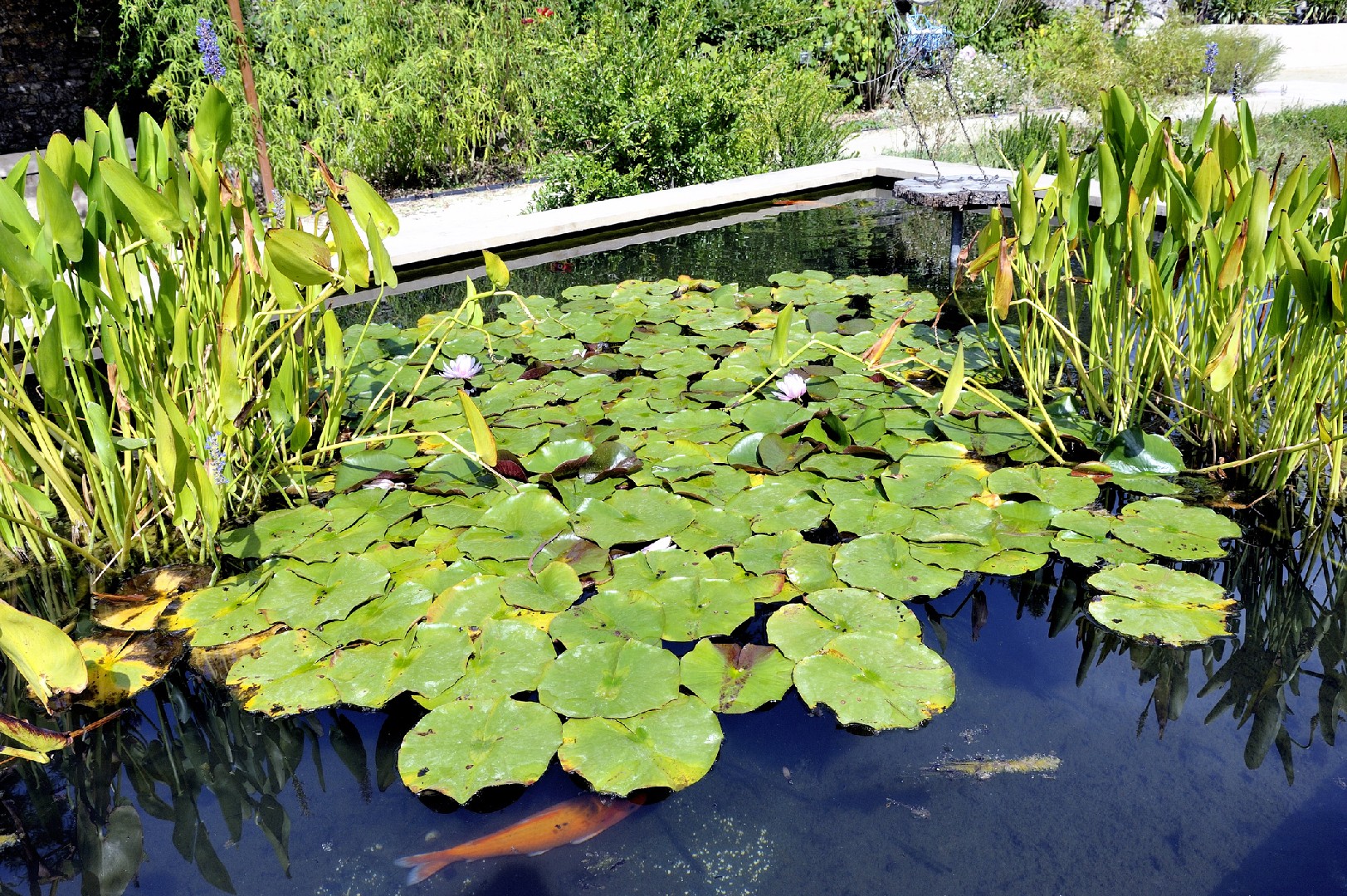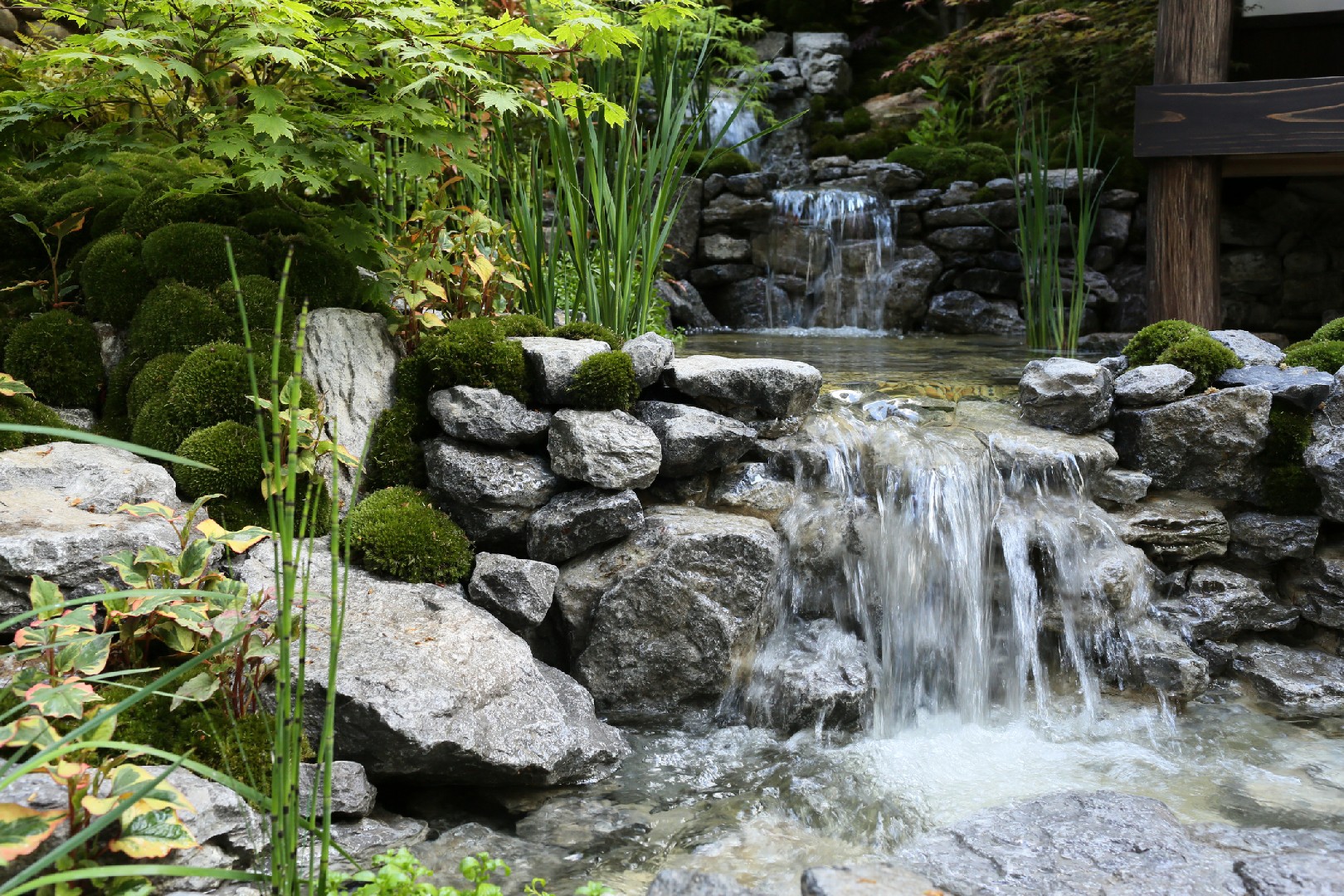![Rectangle]()
Understanding Sustainable Water Features
Sustainable water features are a great way to enhance the beauty of your garden while also minimizing your impact on the environment. In simple terms, sustainable water features are designed to use water efficiently and minimize waste. They are built using eco-friendly materials and incorporate innovative technologies that reduce energy consumption. Understanding the significance of sustainable water features is essential for every gardener who wants to create a more environmentally friendly outdoor space.
One of the key benefits of using sustainable water features is their positive impact on the environment. Traditional water features often consume large amounts of water and energy, resulting in significant waste. On the other hand, sustainable water features are designed to be water-efficient, utilizing techniques such as rainwater harvesting, recirculation systems, and drip irrigation. These features help to conserve water and reduce the strain on local water sources.
In addition to water conservation, sustainable water features also promote biodiversity and support local ecosystems. Traditional water features, such as fountains or decorative ponds, often use chemicals that can be harmful to wildlife and plants. In contrast, sustainable water features utilize natural filtration systems, such as wetlands or biofilters, that create a healthy and balanced environment for aquatic plants and wildlife. By choosing sustainable water features, you can transform your garden into a thriving ecosystem that attracts birds, butterflies, and other beneficial creatures.
It is important to distinguish between traditional and sustainable water features. Traditional water features are typically designed primarily for aesthetic purposes, without much consideration for their environmental impact. They often rely on outdated technology and require constant maintenance to prevent issues such as algae growth or water pollution. In contrast, sustainable water features are designed with both aesthetics and environmental impact in mind. They incorporate modern technologies, such as solar-powered pumps or LED lighting, that minimize energy consumption and reduce the carbon footprint of your garden.
To enhance the sustainability of your water features, there are several practical tips you can follow. First, consider incorporating native plants around your water feature. Native plants are adapted to the local climate and require less maintenance and watering. They also provide food and habitat for local wildlife. Second, install a rainwater harvesting system to collect and store rainwater for irrigation purposes. This will help you reduce your reliance on municipal water sources and conserve this precious resource. Finally, consider adding a timer or sensor to your water feature to regulate its operation and minimize water and energy waste.
In conclusion, understanding sustainable water features is key to enhancing your garden in an environmentally friendly way. By choosing water-efficient technologies, promoting biodiversity, and following practical tips for sustainability, you can create a beautiful and eco-conscious outdoor space. So why wait? Start incorporating sustainable water features into your garden today and make a positive difference for the planet.





